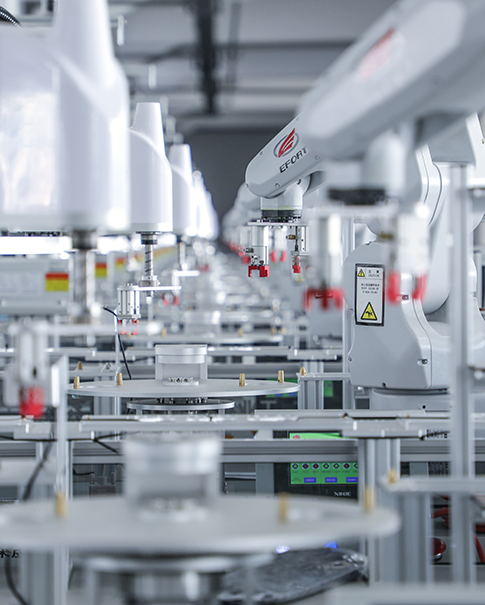When the city of Medicine Hat needed to modernize its power infrastructure, they faced a tough decision: scrap two perfectly good gas turbines or find a smarter way forward. What happened next became a case study in innovative energy engineering. Back in 2000, Medicine Hat installed two GE LM2500 gas turbines—workhorses that had delivered reliable power for over 50,000 operating hours. But by 2006, three big challenges emerged:
Stricter emissions regulations meant the old combustion systems wouldn’t meet future environmental standards.
Growing energy demand required more output without building an entirely new plant.
Rising fuel costs made efficiency improvements crucial.
Tearing out and replacing the turbines would have been expensive and wasteful. Instead, GE proposed something groundbreaking: retrofitting them with cutting-edge Dry Low Emissions (DLE) technology—a first for this turbine model.
GE’s engineers didn’t just tweak the existing turbines—they completely reengineered them while keeping the core structure intact. Here’s how they did it:
1. The Heart Transplant: Swapping Combustion Systems
Out went the old Standard Annular Combustors (SAC), which produced higher emissions.
In came triple-ring DLE combustors, which mix fuel and air more precisely, slashing emissions while boosting efficiency.
2. The Nervous System: A Smarter Control Upgrade
The original 2000-era controls were replaced with modern automation, including new software and a streamlined operator interface.
A state-of-the-art Bently Nevada 3500 monitoring system was added to catch vibration issues before they become problems.
3. The Supporting Cast: Reinforced Infrastructure
The LM2500+ engine was longer, so GE modified the turbine housing and ductwork to fit.
New cranes and lifting systems were installed to handle maintenance.
Compressor bleed valves were upgraded for better performance under load fluctuations.
The results spoke for themselves:
50%+ efficiency in combined-cycle mode (up from ~40% before)
Dramatically lower emissions, meeting strict Canadian environmental standards
Increased power output without expanding the physical plant
Extended turbine lifespan, avoiding costly full replacements
Perhaps most impressive? The entire conversion was completed without shutting down the plant for an extended period—a testament to GE’s precision planning.
This project proved that:
Old infrastructure can be modernized instead of discarded—a crucial lesson for utilities worldwide facing similar challenges.
Emissions reductions don’t require sacrificing reliability when the right technology is applied.
Strategic upgrades often make more economic sense than building new from scratch.
As Chip Blankenship, then-head of GE’s aeroderivative division, put it: "This wasn’t just about selling new equipment—it was about solving real problems with smart engineering."
While flashy new technologies often grab headlines, Medicine Hat’s story reminds us that some of the most impactful energy solutions come from optimizing what already exists. As the world transitions to cleaner power, such intelligent retrofits will play a critical role in:
Extending the life of existing assets
Bridging the gap to renewable energy
Delivering immediate emissions cuts without waiting for new construction
For plant operators, the lesson is clear: Before rushing to replace aging equipment, ask if a strategic upgrade could deliver better results at lower cost and risk. Because sometimes, the most sustainable solution isn’t building new—it’s making the old work smarter. What’s your take? Have you seen similar retrofit success stories in your industry? Share your experiences in the comments.
 Network Supported
Network Supported